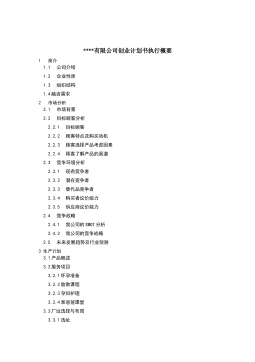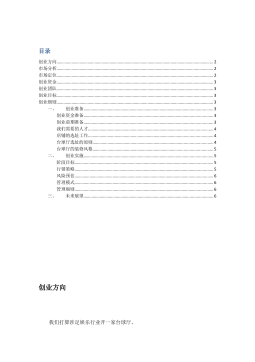闪存卡多层芯片堆叠封装工艺质量管理研究—以晟碟公司为例
摘要闪存是一种长寿命的非易失性存储器,它由日本的日立公司于1989年研制。由于其断电时仍能保存数据,闪存通常被用来保存重要信息,其样子小巧,有如一张卡片,所以称之为闪存卡。闪存卡产品作为智能型手机、数码相机、视频及影音播放器、平板电脑等便携式,可移动式电子产品的主要存储器件,其对更轻、更薄、更小、更高容量和更高可靠性的不断追求,使得闪存卡对于封装技术与质量的要求也越来越高,封装技术与质量在闪存卡的制造过程中扮演的角色也越来越重要。为了满足市场对高容量闪存卡的需求,越来越多的闪存卡公司正在进行闪存卡多芯片堆叠封装工艺的研究和应用,多层芯片堆叠封装是指在垂直于芯片表面的方向上堆叠、互连两片以上裸芯...
相关推荐
-
我国基层财政困难的制度成因分析与对策研究VIP免费
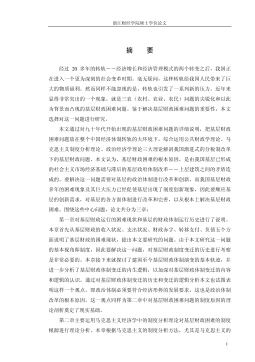
 2024-09-20 33
2024-09-20 33 -
我国煤电产业链纵向交易合约机制研究VIP免费
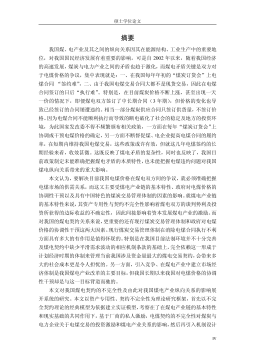
 2024-09-20 28
2024-09-20 28 -
生产要素视角下的上海市产业结构优化研究VIP免费
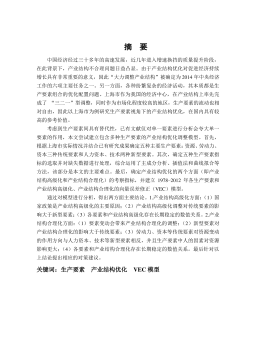
 2025-01-09 7
2025-01-09 7 -
我国银行业结构与经济结构关系研究VIP免费
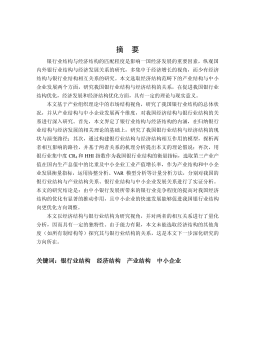
 2025-01-09 7
2025-01-09 7 -
大数据视角下农业供应链金融研究VIP免费

 2025-01-09 6
2025-01-09 6 -
跨国大型综合超市的规划研究VIP免费
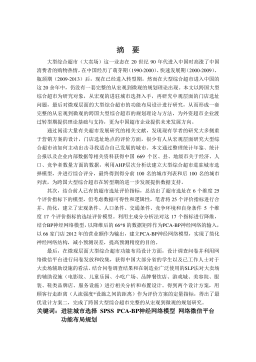
 2025-01-09 6
2025-01-09 6 -
跨境电商农产品质量安全问题研究VIP免费
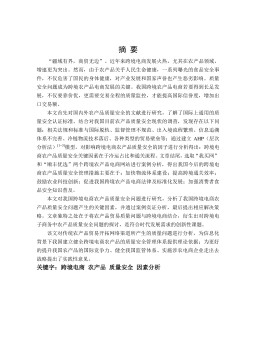
 2025-01-09 7
2025-01-09 7 -
世界市场的虚拟化与我国国际电子商务发展方向研究VIP免费
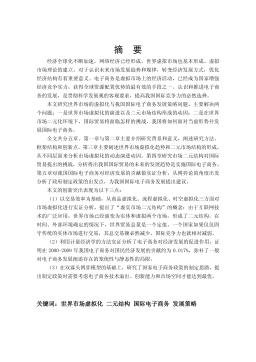
 2025-01-09 9
2025-01-09 9 -
中国政府对电力行业的价格规制问题研究VIP免费
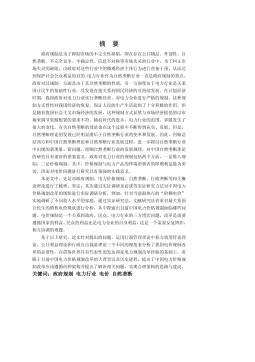
 2025-01-09 13
2025-01-09 13 -
中小企业信息化系统集成技术研究VIP免费

 2025-01-09 13
2025-01-09 13
相关内容
-

跨国大型综合超市的规划研究
分类:高等教育资料
时间:2025-01-09
标签:无
格式:PDF
价格:15 积分
-

跨境电商农产品质量安全问题研究
分类:高等教育资料
时间:2025-01-09
标签:无
格式:PDF
价格:15 积分
-

世界市场的虚拟化与我国国际电子商务发展方向研究
分类:高等教育资料
时间:2025-01-09
标签:无
格式:PDF
价格:15 积分
-

中国政府对电力行业的价格规制问题研究
分类:高等教育资料
时间:2025-01-09
标签:无
格式:PDF
价格:15 积分
-

中小企业信息化系统集成技术研究
分类:高等教育资料
时间:2025-01-09
标签:无
格式:PDF
价格:15 积分


